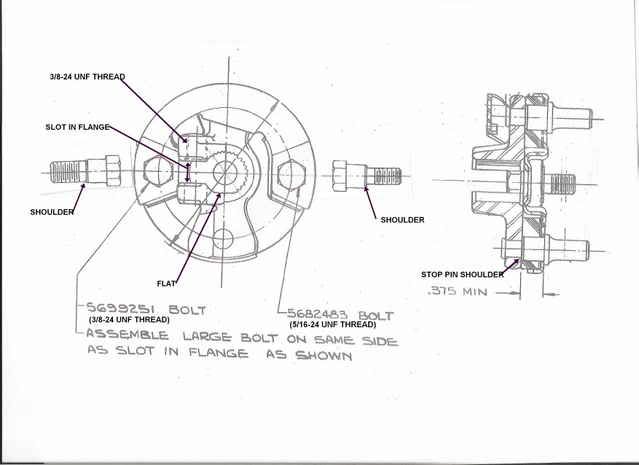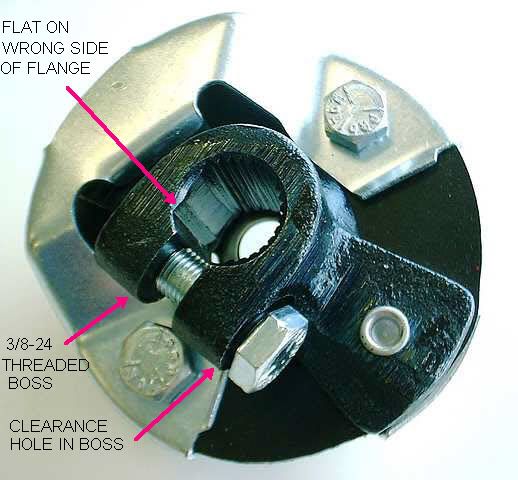Need some help in seeking out where to find a rubber insulator for a 1966 telescopic steering rag joint.
Any help on where to buy the rubber insulator is appreciated!
Also any photos available showing the correct rubber insulator for this application, is also appreciated!
Thanks,
DP
Any help on where to buy the rubber insulator is appreciated!
Also any photos available showing the correct rubber insulator for this application, is also appreciated!
Thanks,
DP


Comment